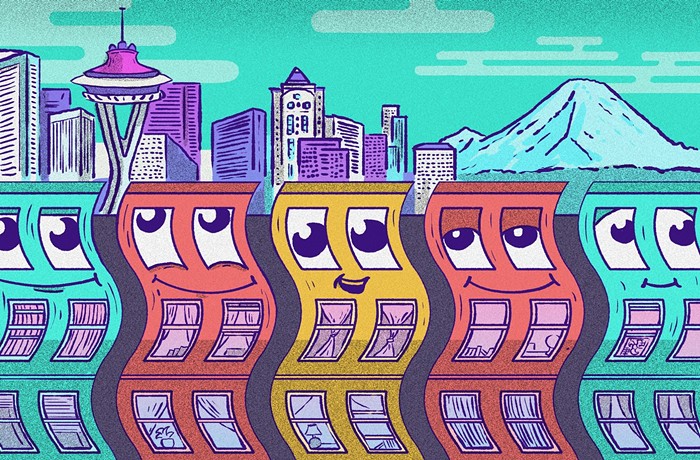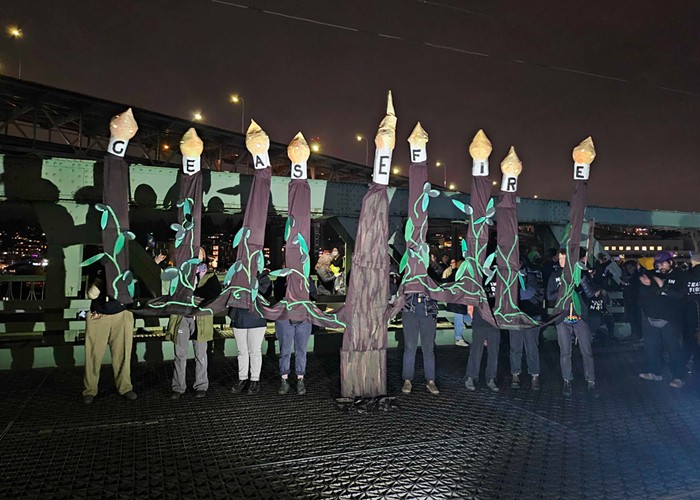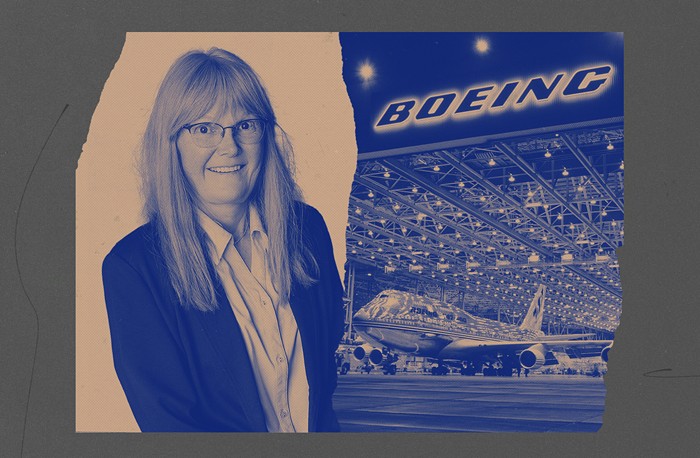The images were powerful. One in The Seattle Times showed a group of blacks kicking a huddled white man. Another in the Seattle Post-Intelligencer showed a group of blacks beating up a huddled white man, as other white males fled in fear. On NorthWest Cable News, the camera showed similar images, one of which was so disturbing (a blond woman getting her head smashed by a black male) that the feed was suddenly cut.
On Friday, March 2, leaders in the black community came out and denounced the media zoom on blacks, claiming it warped issues of crime into issues of race. Seattle Police Chief Gil Kerlikowske agreed with this criticism, and added that the violence was universal and formless. A glance at the photos taken by The Seattle Times and the Seattle Post-Intelligencer lends weight to the contention. The Times' photos were markedly more racial than the ones taken by the P-I. For example, the P-I had various photos of whites and Asians beating up on whites and Asians, while the Times only had photos of blacks assaulting whites.
Either way--if the Urban League of Metropolitan Seattle is right, and Seattle's news media is race-baiting, or if the photographs are onto something and young blacks were targeting whites--we've got a serious race problem.
If we're to believe the unspoken implications of what we saw on TV, then 1960s African anti-colonialist Frantz Fanon's terrifying remedy for the ills of white oppression has currency today. Fanon, an original black nationalist, recommended that blacks resort to violence against whites to improve their own mental health. In this respect, the Mardi Gras race riots can be interpreted as a kind of therapy. But not the best form of therapy, because like crack, it only offers temporary relief from larger social problems. Also, the therapy never ends with just one session, but spirals from violence against whites to violence against Koreans, to violence against East Africans, and so on.
If, on the other hand, the media did unfairly focus on the racial conflicts, this implies that Seattle, like much of America, can only make sense of things in racial terms. Sadly, anything outside the limits of race doesn't compute.
Even worse, our civic leaders bring up race in dysfunctional ways. Black leaders name it only as a way to remove it. White leaders bring it up with unwitting euphemisms, simultaneously leaving the thorny race issue off the list of questions to be considered by a post-Mardi Gras panel. Ultimately, our mayor's attempt to blame outsiders for the first wave of violence and destruction and his follow-up declaration to cancel Fat Tuesday demonstrate this state of denial. The fact that no creative response has come out of this riot means we are helpless; stuck waiting for the next big temblor.



















